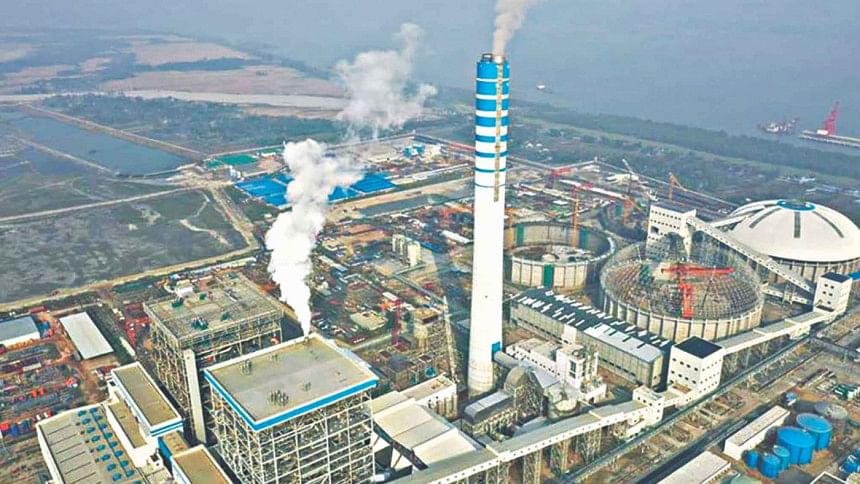Chattogram’s carbon catastrophe

It is quite a startling fact that most of the coal-fired power plants in Bangladesh are located in the Chattogram region, which will encounter a catastrophic situation if and when all of these plants are completed and operational. It's worth noting that Bangladesh has one of the largest coal power pipelines—29 in total—according to a study conducted in 2019.
To begin with, why are we still investing in dirty energy when the whole world is moving away from them? Secondly, two-thirds of the new fossil-fuel-powered energy plants have been concentrated in one region—in Chattogram division alone—which bodes very badly for its ecology, flora, fauna and public health. To quote a recent study by a group of NGOs, Chattogram is at high risk of being one of the world's largest carbon catastrophes. We also wonder why a country like Japan, which has committed to stop coal financing, is bankrolling this damaging project in Bangladesh. How are we to mitigate the estimated 1.38 billion tonnes of carbon dioxide emission during the lifetime of these proposed coal- and gas-fuelled power plants? The study highlights that once Matarbari, the most damaging of the projects, goes into operation, it will be the cause of 6,700 premature deaths during its lifetime.
We believe the time has come to rationalise our power policy, which must begin with addressing the contradictions in this regard. Why go for such big and damaging projects when there is unutilised capacity in the country's power sector? Shouldn't the government explain why about 60 percent of the installed capacity was left unused in the 2020-21 fiscal year, and why USD 1.6 billion of public money was paid to companies for underutilised power capacity in 2021? Whose fault is it, and who will answer for this pathetic state of planning? Why should the public have to bear the consequent rise in power tariffs? What can justify the overenthusiasm of the government to house coal-powered projects that have been proven to be both environmentally and economically unviable around the world?
Unfortunately, despite the global call to reduce the use of fossil fuel, and despite lofty promises that Bangladesh will reduce its dependence on dirty energy, we seem bent on investing in this damaging and dirty source of power. Regrettably, we don't have the same enthusiasm for finding renewable and clean sources of energy. We must purge our predilection for coal-powered projects, and utilise the unused generated power. In the meantime, we must adopt renewable and clean sources of energy that are both economic and sustainable and can lessen the burden on the consumers.

 For all latest news, follow The Daily Star's Google News channel.
For all latest news, follow The Daily Star's Google News channel. 




Comments